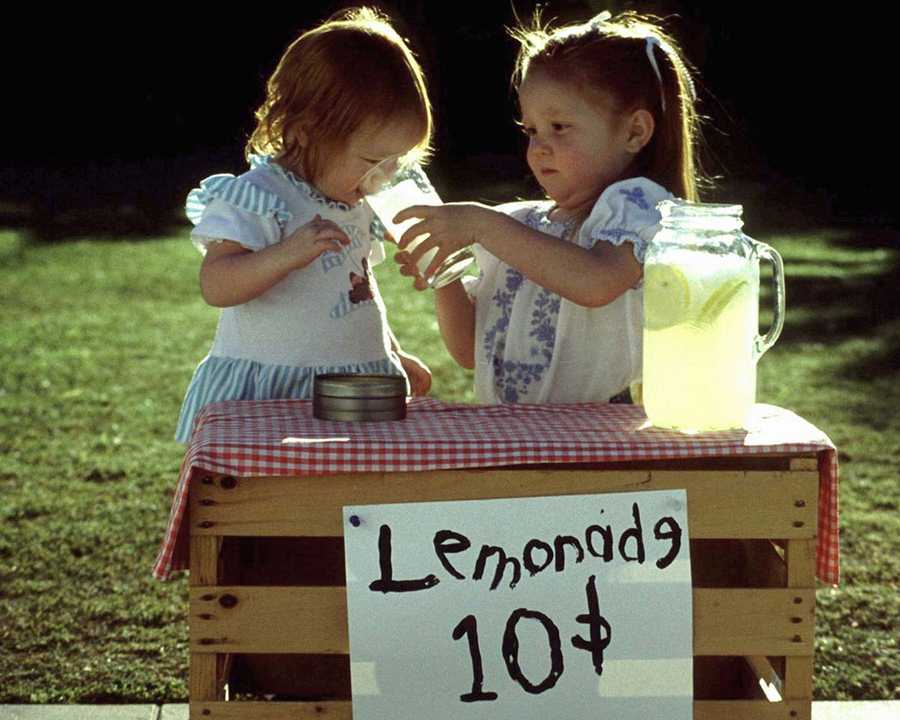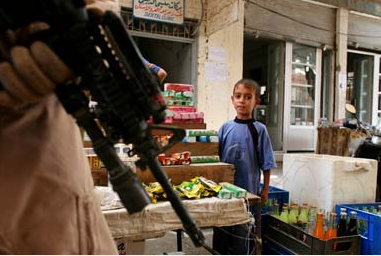Today we introduce a new feature at No Caption Needed that we call “A Second Look.” One of the lessons we have learned (and continue to learn again and again) is that the “meaning” of photographic images is dynamic and multidimensional. No matter how hard we try to situate the affect or idea-content of a photograph, the image rarely fully accommodates us. Part of the problem is that human perception can be annoyingly monocular and myopic. We fixate our attention on one aspect or dimension of an image and then stubbornly (if not intentionally) ignore other aspects and dimensions. Only days or weeks later do we realize our short sightedness. Another part of the problem is that one of our primary interpretive tools for discerning the meaning of images is “convention,” and the conventions of realist representation in particular have a powerful hold on both what we choose to see and what we choose not to see, even when we are sensitive to the need for reflexivity. And yet again, our interpretations of images are relentlessly culture- and time-bound, their meaning and usage subject to difference and change based on one’s social and political experiences, as well as location in time and space. Accordingly, from time to time we will dedicate our daily post to taking “a second look” at an image we have previously considered, sometimes to correct the errors of our ways, sometimes because “shit happens” (as the bumper sticker says) making it possible for more to be seen and said.
To inaugurate this feature we want to take a second look at two images that we recently compared and contrasted with one another:
The first is of two angelic young beauties in Anywhere, USA, encountering the joys of the marketplace, perhaps for the first time; the second is of a “young boy selling lemonade” in Ramadi. The point in juxtaposing these two photographs was to underscore the irony of locating the mythical American “lemonade stand” – a trope that marks the space of a safe and secure free marketplace – inside of a war zone being guarded by thousands of occupation forces and deputized insurgents. I’ll not repeat the analysis except to reprise the concluding line: “To accent the point one need only visualize the scene of the two girls at the top—innocent, pure, and white—with the soldier and his weapon framing and overshadowing the scene. It is virtually unimaginable.”
But on reflection, it may not be quite so unimaginable after all. Or at least for it to be unimaginable we have to concede a host of assumptions about the idyllic world represented in the first picture. One assumption, pointed out by a commentator to our first post, is that the state maintains an invisible presence in the image, ever at the ready to intercede if and when the safety and security of the marketplace is breached. And we do have photographs of where the state has interceded in such situations, such as images of six year old Ruby Bridges being escorted by federal marshals into a New Orleans elementary school, or the slightly older Little Rock Nine being escorted into Central High School by the Arkansas National Guard. But, of course, these were moments of national crisis and no one would mistake the photographs as representations of a normative or safe and secure public sphere.
This calls to attention a second assumption that seems necessary to make the transposition of images unimaginable: the viewer must be able to identify with the white, Anglo-Saxon world depicted in the photograph of the lemonade stand. While one obviously doesn’t have to be white to run a lemonade stand, the vast majority of images one finds in a google image search for the phrase “lemonade stand” are of white Caucasian children. There thus seems to be something like a cultural norm being marked by the trope, and one that clearly excludes those at the margins of racial difference. The question then has to be, what does someone who cannot identify with the “lemonade stand” mythos of the American dream see when they look at the photograph from Ramadi?
There is probably no one answer to this question, but one strong possibility has to be the Pulitzer Prize winning photograph of a U.S. Border Patrol Agent pointing his MP5 submachine gun at six year old Elian Gonzalez, a Cuban refugee, hiding in a bedroom closet with a local fisherman trying to protect him.
The”arrest” and eventual deportation of Elian back to Cuba was highly controversial and it polarized the nation, leading to mass protests in Miami, Manhattan, Washington, D.C., and elsewhere. And by many accounts the force of the reaction was affected by this photograph. Whether the image really fueled or otherwise animated the controversy is hard to say, but what is clear is that it has achieved iconic status and is widely recognized, especially amongst subaltern populations. And its connection to the photograph from Ramadi is pronounced. The two boys look similar enough at a distance to be blood relatives; and the weapons, while not identical, are similar enough and, more importantly, functionally dominate the scene. But what makes the picture in Ramadi especially powerful in this regard is not its similarity but its difference from the earlier photograph. There, the horror of the scene is a manifest function of the rifle being pointed at a clearly terrified child; in the later photograph the horror is more latent, a function of the child’s (dis)ease as he cautiously considers the soldier and his weapon and what he might do with it. Of course, the child in Ramadi selling lemonade probably doesn’t know the story of Elian Gonzalez, and thus while he might have his own reasons to distrust the soldiers it is unlikely that he is thinking of this picture; on the other hand, Americans, and especially non-white Americans are very familiar with the picture of Elian, and there is a strong possibility that when they see the picture of the child in Ramadi, what they see is not the safety and security of the marketplace but the threat that the state poses to subaltern populations. And that is not unimaginable at all.
It’s all a matter of how you look at it.
Photo Credits: Central Ohio Center For Education, Richard Mills/The Times, Alan Diaz/AP
![]()



[…] right foreground. (That gun has appeared more than once in American photojournalism, as John noted here.) Sure, it’s pointed down, but were it to be raised boy and mother would be right in the […]
[…] here for […]
This specific post caught my eye because I felt it was a great depiction of how freedom can vary all around the world. The first image of the two little girls selling lemonade is something that is very recognizable for an American audience. As a child, I was one of those kids standing on the corner selling lemonade for 25 cents, so I can relate somewhat to that image. It is interesting that a simple childhood act like that is definitely associated with the suburban, white neighborhoods as opposed to a more hispanic neighborhood for example. If a white child, like those girls shown in that picture, were selling lemonade it is all innocent fun. No one would expect any threat of violence at all. Now looking at the following picture below of the young boy in Ramadi selling lemonade, the image is quite alarming. Here is this timid, young boy being exposed to a guns and violence and no one even seems to care or notice. It is a completely different atmosphere because this boy is not able to have innocent fun selling lemonade like the two girls in the other picture are. This boy may be trying to sell this lemonade as a means of survival. The two girls may just be earning some spare change. Growing up in a democractic nation definitely makes me feel in more control with my life. I do not feel fear of stepping outside of my house, or going to the marketplace like it is for other people. Our society is made up of an abundance of cultural norms that vary all around the world, just like this iconic lemonade stand idea. I can clearly see the point of view that is trying to be made and it seems like a legitimate claim.
Interesting juxtaposition of the Elian photo and the boy in Ramadi. It definitely expresses the idea that non-white children are more likely to be exposed to violence than non-whites. Imagine if Elian had been a blond-haired, blue-eyed boy from Norway. Well, let’s make it Russia so it’s more of a political equivalent to Cuba. Can we really imagine the Feds rushing into a private home and using excessive force to get him back? I’m not saying it’s impossible, but it’s hard to imagine a scenario like that. But since the Gonzalezes were Latino, somehow the sanctity of their home, not to mention due process of law, seemed less important than if the family had been white. The photo expresses this fact as does the historical record of the case.
As for the girls with the lemonade stand, I find the image cloying and contrived, even if it is the one that looks most like something that would happen in my neighborhood. The girls are too young to be responsible with money (or product, apparently, unless the girl on the left is a customer) and, if anything, it would just be a game to them, not an entrepreneurial endeavor. But maybe that’s the point. The Ramadi boy would probably prefer to be playing, but he has a responsibility to his family to help sell beverages while white children just get to have fun.
Seeing only white children with lemonade stands also subverts the idea that children of color can be entrepreneurs, unless it’s an absolute necessity as with the Ramadi boy.
Great blog! I’m glad I found this!